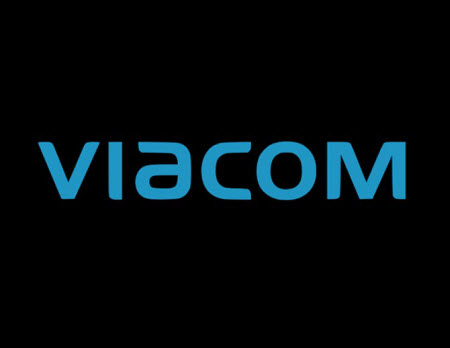Viacom Confronts Bundle Conundrum

Viacom has seemingly taken the first meaningful move to break up its huge programming bundle, an action pay TV providers have been dreaming of for decades.
But while a newfound focus on six core brands might eventually unshackle distributors from being forced to pay for channels their customers don’t watch, Viacom must navigate a fine line between legacy pay TV providers and emerging virtual multichannel video programming distributors (vMVPDs) for the transition to be a success.
CEO Bob Bakish said Viacom will focus on a so-called “Flagship Six” of BET, Comedy Central, MTV, Nickelodeon, Nick Jr. and Paramount. Spike TV will be rebranded as The Paramount Network in 2018. Four other brands — VH1, CMT, Logo and TV Land — have been designated as “reinforcing” networks, flanking the core six.
Viacom’s remaining 15 networks, including the likes of MTV Classic, Nicktoons and Centric, will receive less emphasis.
Bakish has stressed that the channels will not disappear. But they won’t receive the same resources as the core six.
Most analysts believe the non-core channels will eventually go away.
Programmers like Viacom and NBCUniversal — which recently shuttered its Cloo and Esquire networks — are coming to the realization that the days of reaping additional affiliate fees and ad revenue with marginal channels of essentially repurposed content are over. In the current skinny-bundle universe, less is indeed more.
The smarter way to stay on top of the multichannel video marketplace. Sign up below.
Emerging virtual MVPDs, actively targeting Viacom’s core millennial audience, will play a role in the changes. Bakish said a key part of his five-point turnaround plan for Viacom will be better managing those relationships, limiting deals with over-the-top providers to its library content while supporting vMVPDs like Sling TV and DirecTV Now by embracing “their roles as catalysts of innovation.”
But Bakish also expressed a desire to deepen relationships with existing MVPDs, a move MoffettNathanson senior research analyst Michael Nathanson saw as perhaps a path to more sensible negotiations in the future. “Maybe we will also see an end to the jamming of commercial loads and SVOD deals simply to make quarterly numbers,” Nathanson wrote.
Viacom will have to carefully waIk the line between legacy MVPDs and emerging virtual MVPDs, according to one analyst.
“By creating effectively a two-tier system for its networks and potentially allowing for a smaller set to be carried on vMVPDs like Hulu puts legacy distributors at an effective disadvantage,” Barclays media analyst Kannan Venkateshwar wrote in a client note.
But the impact may be lessened, depending on how the programmer handles its “reinforcing” networks.
Credit Suisse media analyst Omar Sheikh estimated that the four reinforcing networks contribute about 15% of total revenue and cash flow, meaning that absent the other channels, Viacom would only have to grow its top 10 networks by 3.5% annually to deliver the same profit.
Viacom has some time to pull it off. The company doesn’t have any big affiliate fee renewals until fiscal year 2018, which could give it nine more months to work out the kinks, noted Telsey Advisory Group media analyst Tom Eagan.
“The question is whether Viacom can enhance the value of its brands (in ratings and engagement) before the next round of renewals,” Eagan said in a research note.
